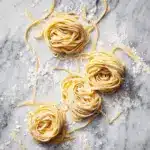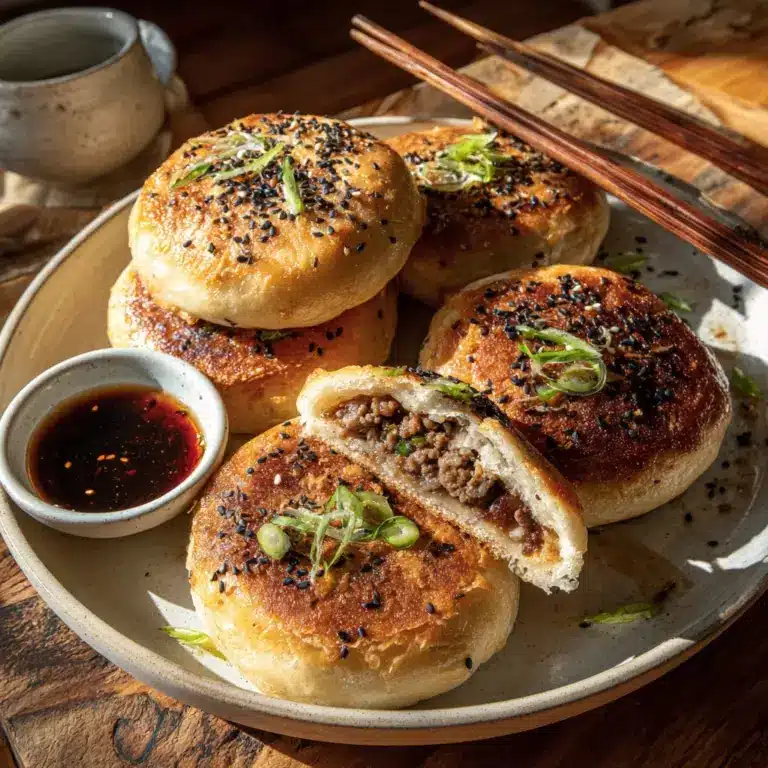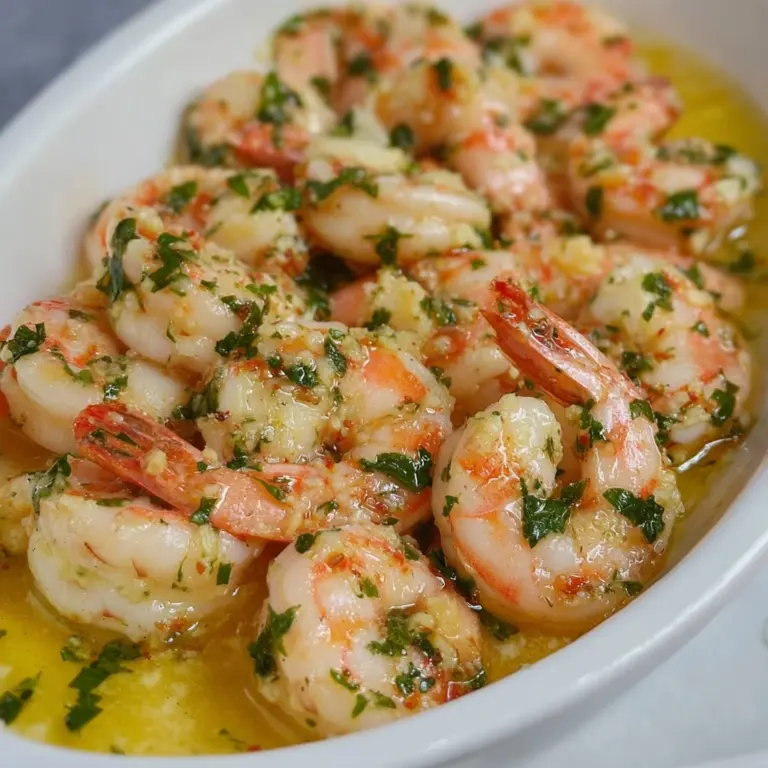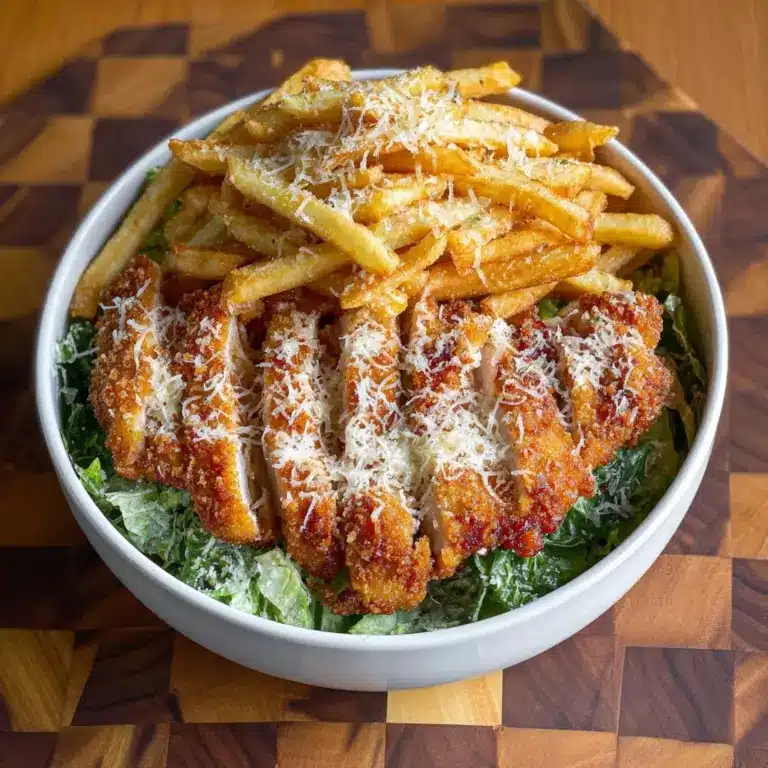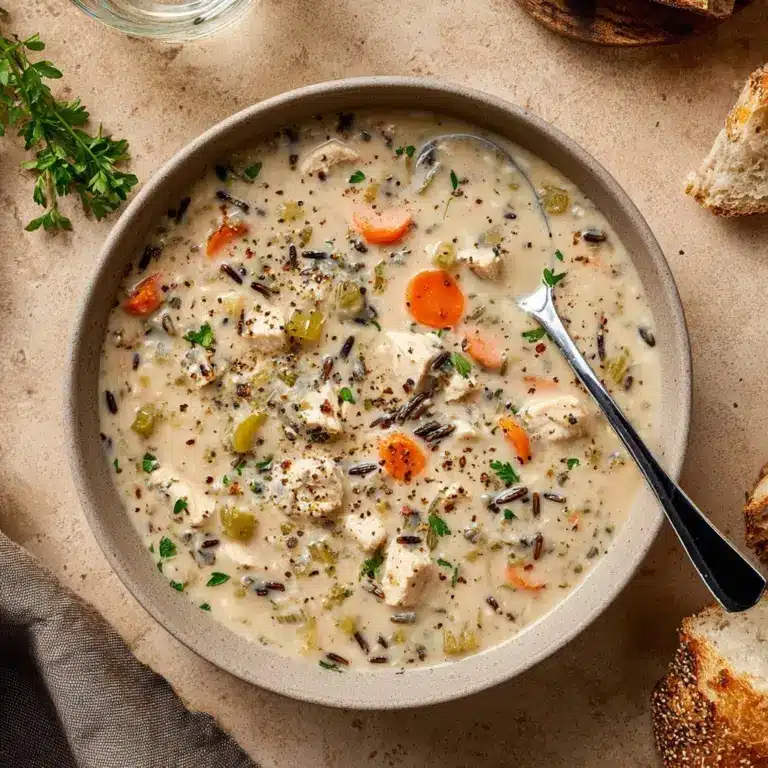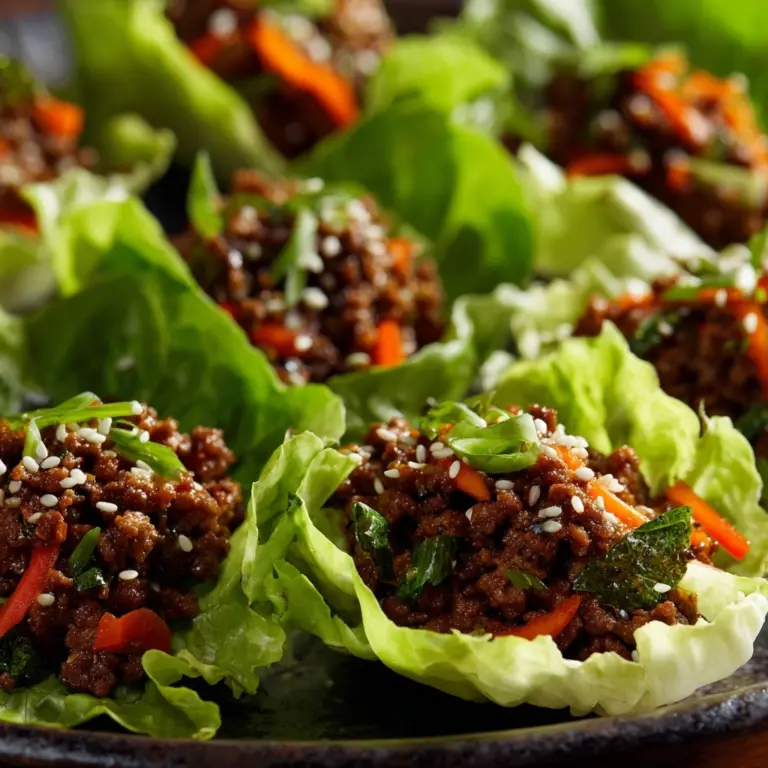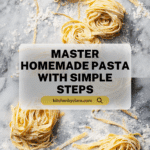How to Make Homemade Pasta Recipe
There’s something truly magical about transforming just flour and eggs into silky, tender ribbons of pasta—right in your very own kitchen. If you’ve ever wondered how to make homemade pasta, you’ll soon see it’s much easier (and way more rewarding) than you might think. Whether you’re craving pillowy tagliatelle or rustic hand-cut pappardelle, this recipe walks you through the time-honored process with plenty of tips and encouragement. Get ready to fall in love with the taste and texture of pasta you create yourself!
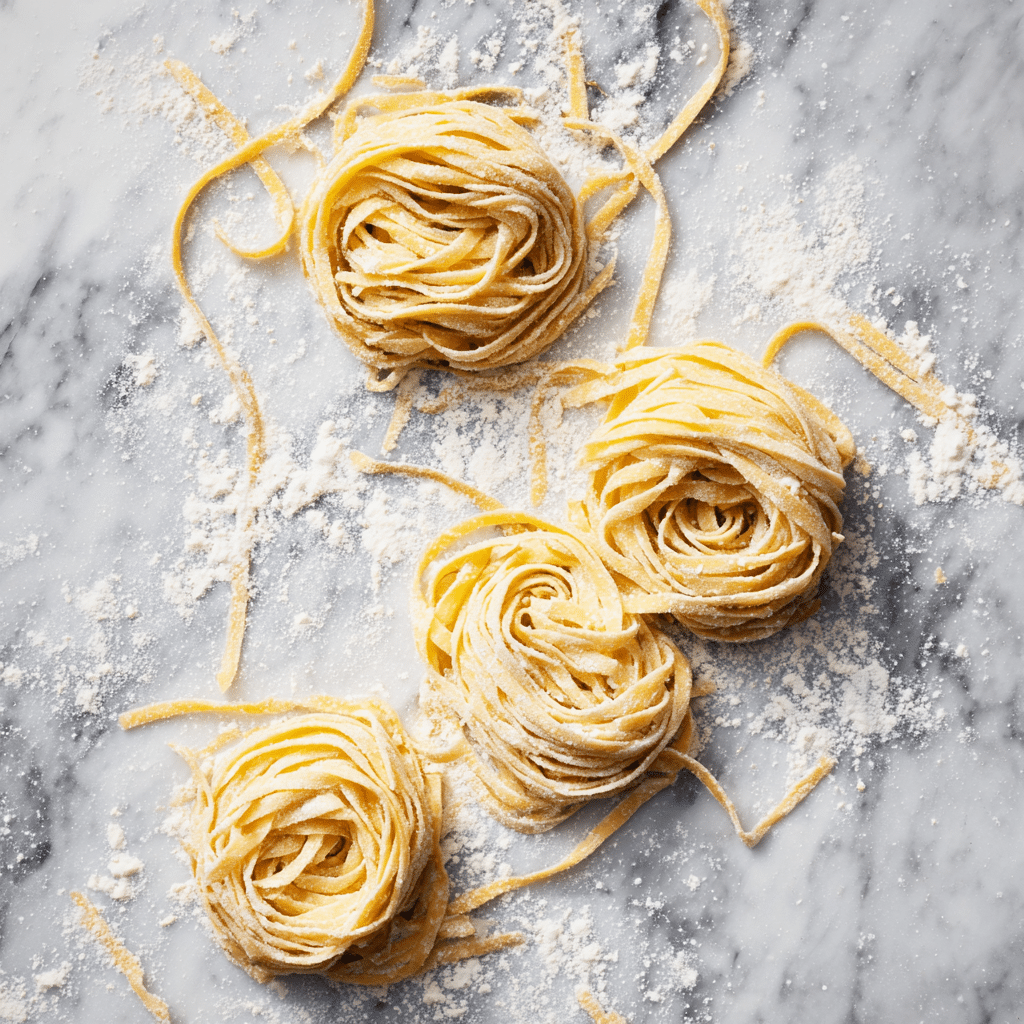
Ingredients You’ll Need
The ingredient list for homemade pasta is refreshingly simple, but each item has a special role to play. Outstanding pasta starts with top-quality basics—be sure to read the tips below to bring out the best flavors, color, and bite in every strand.
- 00 Flour or All Purpose Flour: The foundation for pasta’s beloved texture—00 flour yields a silkier dough, while all-purpose adds a heartier bite. Use whichever you have!
- Large Eggs: These supply richness, color, and structure. The fresher, the better!
- Additional Flour for Rolling: For dusting your dough and work surface so you avoid stickiness and get easier handling.
How to Make How to Make Homemade Pasta
Step 1: Make the Dough by Hand
First, gather your flour onto a clean, flat surface and form it into a mound. With gentle hands, create a well in the center—this cozy “nest” will keep your eggs from escaping. Crack all four eggs into the well, carefully pierce each yolk with your fork, and start whisking the eggs, gradually drawing flour in from the sides. Go slow and steady. If a crack appears in your well, simply patch it up; if a real doughquake strikes and flour bursts in, just gather everything together and keep going with your hands. Soon, you’ll have a shaggy, sticky dough ready to be kneaded.
Step 2: Knead and Rest
Now it’s time to transform that rough dough into something smooth and elastic. Use both hands to knead vigorously for about 5 minutes, pressing and folding until you feel the dough become springy under your palms. Wrap it tightly in plastic wrap and let it rest at room temperature for a good 30 minutes. Don’t skip this step—the rest gives the gluten time to relax, making your dough much easier to roll and shape later.
Step 3: Stand Mixer Shortcut
If you’re short on time or energy, your trusty stand mixer will do the heavy lifting! Combine 2 1/4 cups flour and the eggs in the mixer bowl with the paddle attachment. Start slow, then ramp up to medium-high for about 5 minutes. Once the dough is smooth, elastic, and comes together nicely, wrap it up and let it rest, just as you would with hand-kneading. Sometimes, modern help can make you even more enthusiastic about how to make homemade pasta from scratch!
Step 4: Rolling the Dough
Once rested, unwrap your dough and cut it into four equal pieces. Keep the sections not in use covered so they don’t dry out. To roll by hand, flatten one piece into a rectangle, then use a rolling pin (and some elbow grease!) to roll it out on a floured surface until it’s about 6 inches wide and 1/8 inch thick. Sprinkle a little more flour if it tries to stick. If you have a pasta machine, flatten a section of dough into a disk, dust with flour, and feed it through the widest setting a few times, folding and rolling until smooth and about 1/8 inch thick. Each pass builds the silky sheets that make homemade pasta so special.
Step 5: Cutting and Drying
With your pasta sheets ready, it’s time to cut. For hand-rolling, cut the rectangles into long strips for fettuccine, tagliatelle, or even rustic pappardelle. A pasta machine will give you the option for more uniform shapes. Drape cut pasta over a drying rack or flour-dusted surface. If you’re not cooking it right away, let it dry for about 30 minutes—this prevents sticking and gives your pasta that beautiful, toothsome bite.
Step 6: Cooking the Pasta
Bring a big pot of generously salted water to a rolling boil—the salt brings out the pasta’s flavor. In goes your pasta! Give it a gentle stir so the strands don’t clump. Cooking times for fresh pasta are blissfully short, usually 90 seconds to 4 minutes depending on thickness. You’ll know it’s ready when it floats dreamy-like to the surface. Reserve a scoop of the starchy cooking water to add silkiness to your sauce if you’d like, then drain, toss with your favorite sauce, and serve immediately.
How to Serve How to Make Homemade Pasta
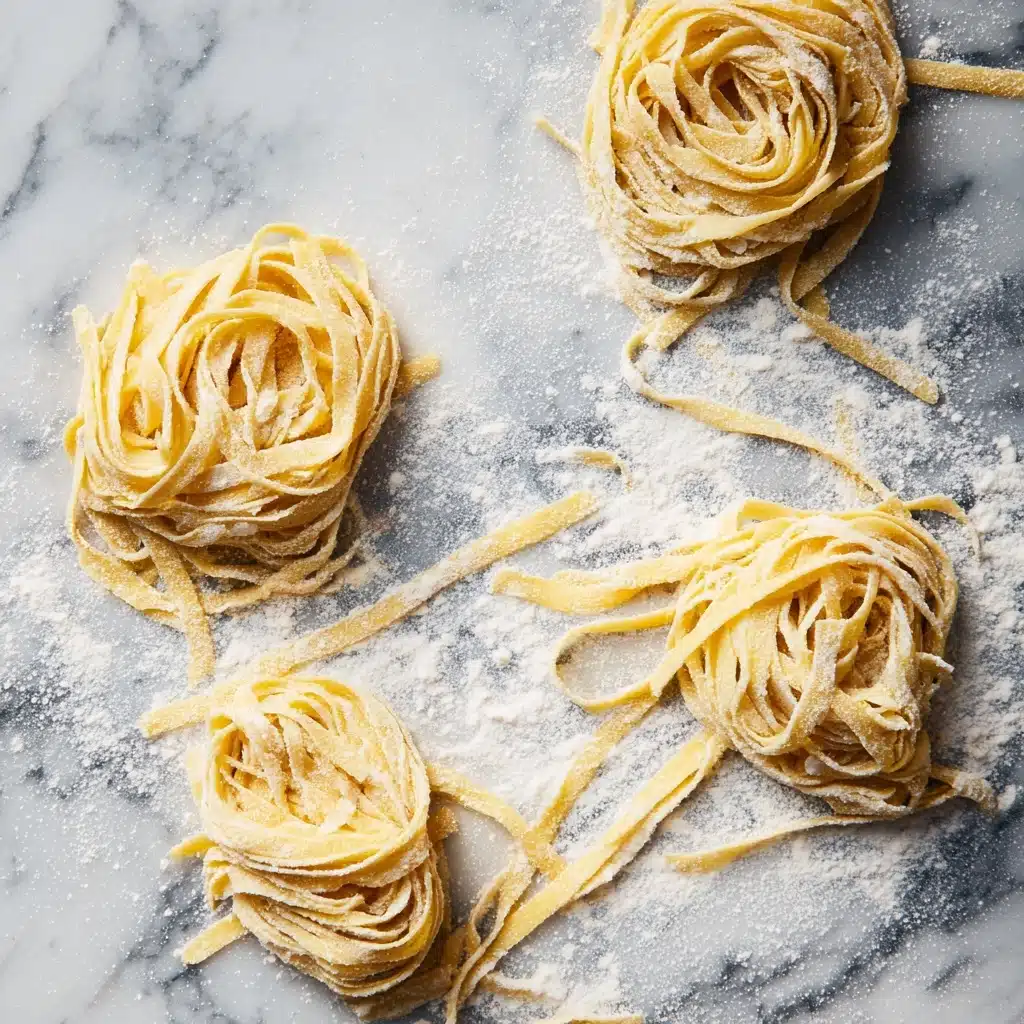
Garnishes
Fresh pasta is a work of art that begs for a simple finish: think shaved Parmesan, a drizzle of olive oil, cracked black pepper, or barely wilted herbs. For an extra touch, zest a little lemon over the top or shower your dish with toasted breadcrumbs for sublime texture.
Side Dishes
This pasta shines with classic Italian sides like a fresh green salad, marinated olives, or blistered tomatoes. Round out your meal with garlicky sautéed greens or a loaf of crusty bread to soak up every last bit of delicious sauce.
Creative Ways to Present
For a dinner-party wow factor, twirl your pasta into little nests and plate them with colorful vegetables or edible flowers. You can even serve smaller bundles as tasting portions or layer sheets for showstopping lasagna. Whatever the occasion, how to make homemade pasta is your chance to get creative!
Make Ahead and Storage
Storing Leftovers
Homemade pasta is just as crave-worthy the next day. After cooking, toss noodles with a teaspoon of olive oil to prevent sticking, then store in an airtight container in the fridge. It’ll keep well for up to two days—perfect for second-day saucing.
Freezing
If you want to stock up, freeze uncooked pasta! Dust cut pasta strands generously with flour, form them into loose little nests, and place them in a parchment-lined airtight container. Frozen homemade pasta keeps its quality for up to three months and cooks straight from frozen, giving you a head start on future meals.
Reheating
To reheat, simply drop cold or frozen pasta straight into boiling water for 30–60 seconds, or until heated through. You can also gently rewarm sauced pasta in a skillet with a splash of water or reserved pasta cooking liquid to bring back that luscious texture.
FAQs
Can I make pasta dough ahead of time?
Absolutely! Prepare the dough and wrap it tightly in plastic. It will hold up for 24 hours in the refrigerator; just let it come to room temperature before rolling out for the best results.
Why did my pasta turn out tough or chewy?
This usually means the dough was either overworked or too much flour was added during mixing or rolling. Next time, add flour gradually and knead just until the dough feels elastic—practice makes perfect!
Can I substitute whole wheat or gluten-free flour?
You can swap in whole wheat flour, but expect a heartier, more rustic bite and flavor. For gluten-free, use a 1:1 gluten-free flour blend and add a touch of olive oil and water to improve elasticity, though textures may vary.
How thick should I roll the pasta sheets?
About 1/8 inch thick works perfectly for most recipes, but if you prefer delicate strands, roll a bit thinner. Pasta machines often have numbered settings for repeatable results—experiment to find your favorite!
Do I have to dry my pasta before cooking?
Nope! Fresh pasta can go straight into boiling water as soon as it’s cut. Drying helps with storage (and is essential for freezing or long-term keeping), but isn’t necessary if you want pasta now.
Final Thoughts
Homemade pasta is a real joy, both in the making and in every heavenly bite. Once you experience the flavor and texture of what you’ve created, you’ll wonder why you didn’t learn how to make homemade pasta sooner! I hope you’re inspired to grab some flour and eggs, roll up your sleeves, and treat yourself (and your loved ones) to pasta night like never before.
PrintHow to Make Homemade Pasta Recipe
Learn how to make delicious homemade pasta from scratch with this simple recipe. With just a few basic ingredients, you can create fresh pasta that is far superior to store-bought versions.
- Prep Time: 45 minutes
- Cook Time: 4 minutes
- Total Time: 1 hour 19 minutes
- Yield: 4 servings 1x
- Category: Pasta
- Method: Mixing, Kneading, Rolling, Boiling
- Cuisine: Italian
- Diet: Vegetarian
Ingredients
For the Pasta:
- 2 ¼ to 2 ½ cups 00 flour or all-purpose flour
- 4 large eggs
- additional flour for rolling
Instructions
- Making the Dough by Hand: On a flat surface, create a well with the flour, add eggs, whisk, gradually incorporate flour, knead, and let rest.
- Making the Dough in a Stand Mixer: Mix flour and eggs in a stand mixer, beat until smooth, and let rest.
- Rolling the Pasta Dough: Cut dough into pieces, roll out, cut into strips, and dry.
- Cooking the Pasta: Boil salted water, cook pasta for 90 seconds to 4 minutes, and toss with sauce.
- Storing Homemade Pasta: Dry pasta, store in nests, refrigerate for 2 days, or freeze for up to 3 months.
Nutrition
- Serving Size: 1 serving
- Calories: 215 kcal
- Sugar: 1g
- Sodium: 50mg
- Fat: 2g
- Saturated Fat: 0.6g
- Unsaturated Fat: 1.4g
- Trans Fat: 0g
- Carbohydrates: 39g
- Fiber: 1g
- Protein: 9g
- Cholesterol: 186mg
Keywords: homemade pasta, fresh pasta, pasta from scratch, pasta recipe

